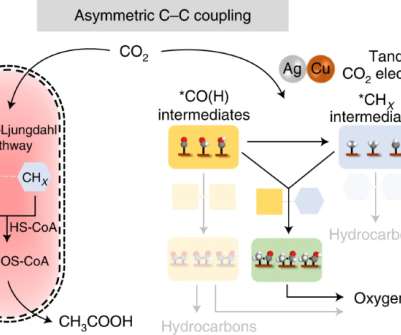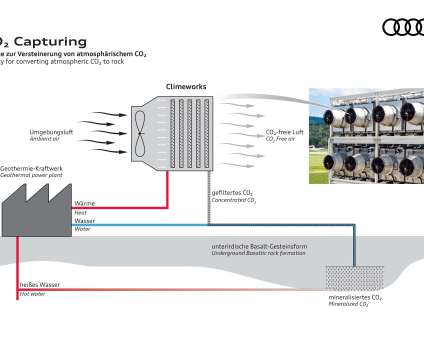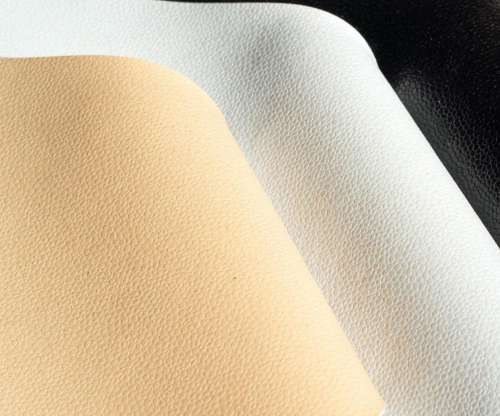Berkeley Lab team validates bio-analogous technique for converting CO2 into liquid acetate
Green Car Congress
DECEMBER 6, 2022
Scientists at Lawrence Berkeley National Laboratory (Berkeley Lab) have demonstrated a new technique, modeled after a metabolic process found in some bacteria, for converting CO 2 into liquid acetate, a key ingredient in “liquid sunlight” or solar fuels produced through artificial photosynthesis.







































Let's personalize your content